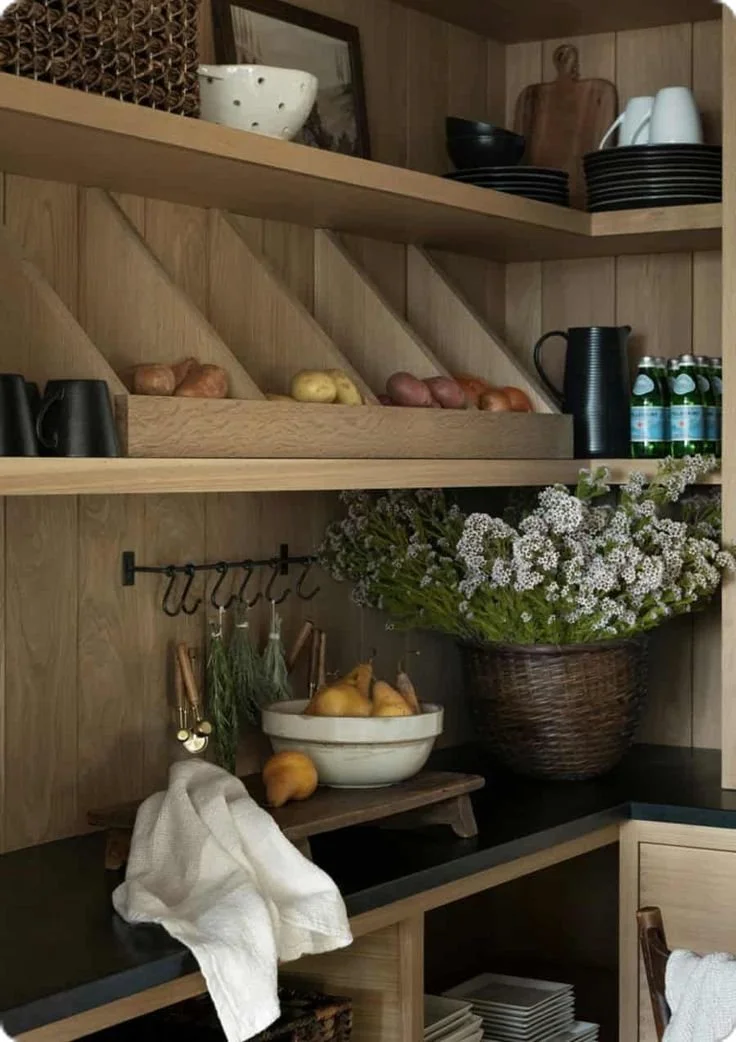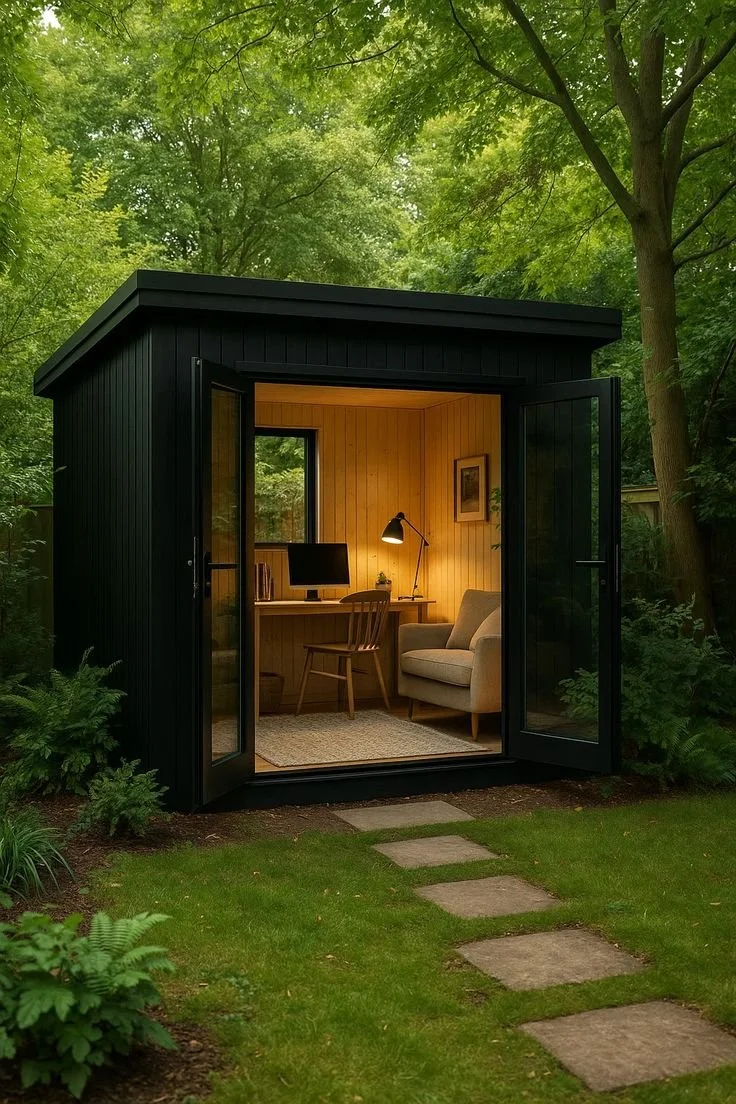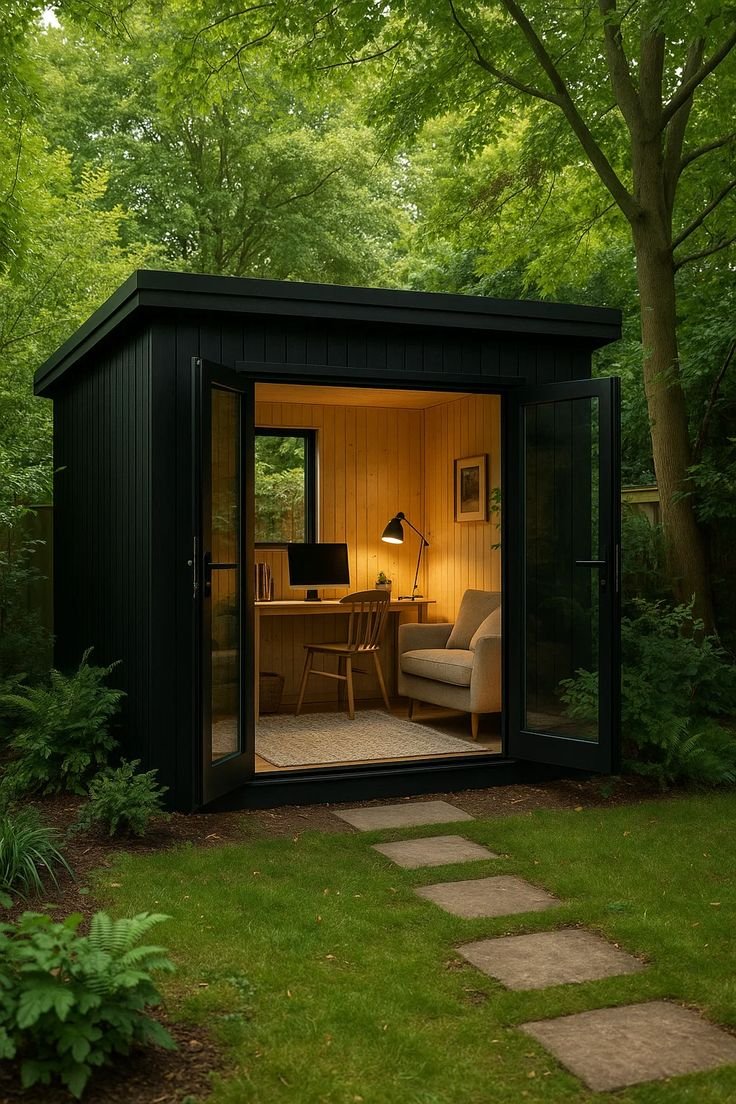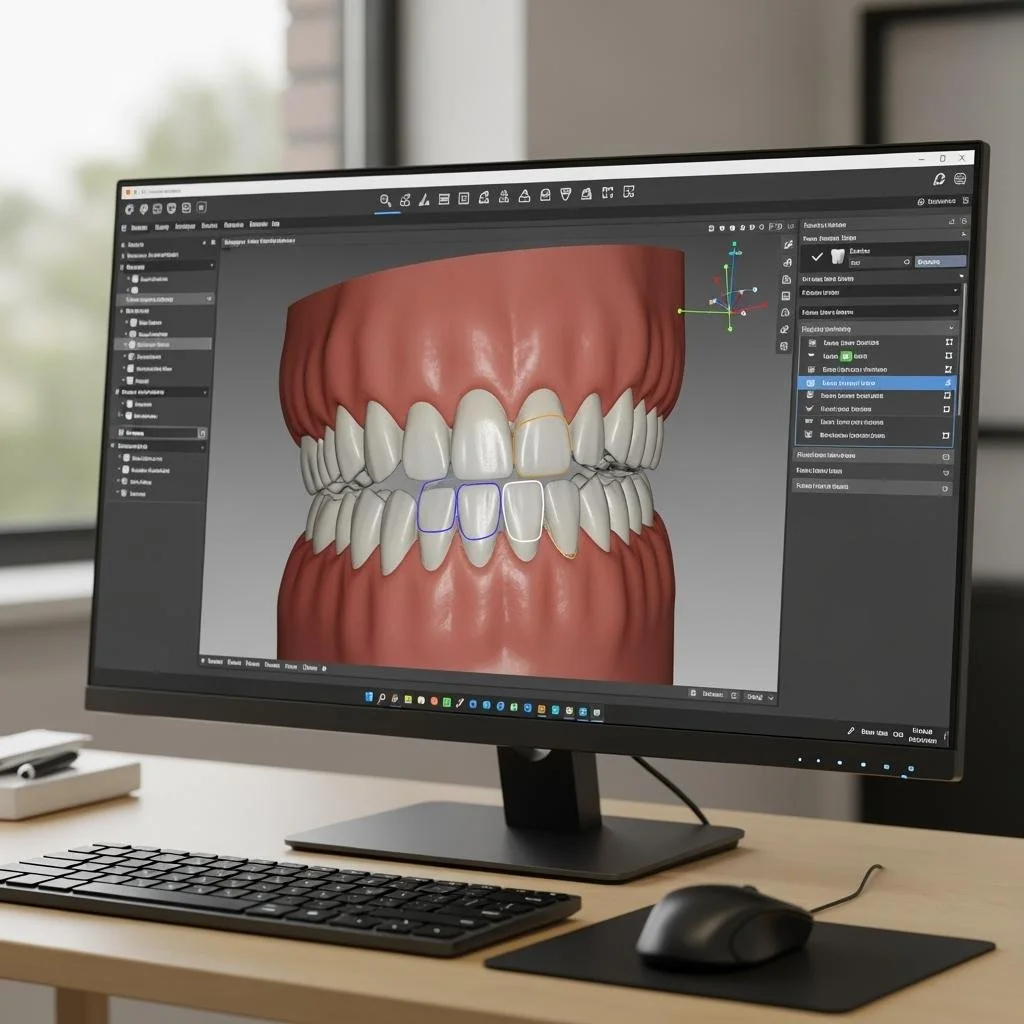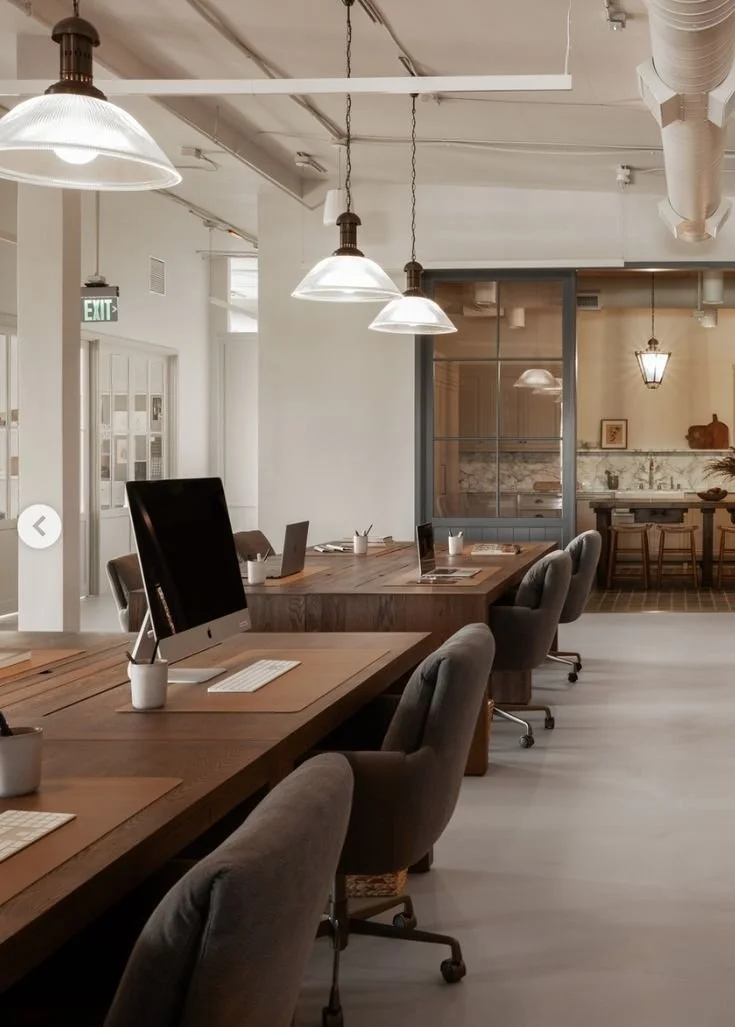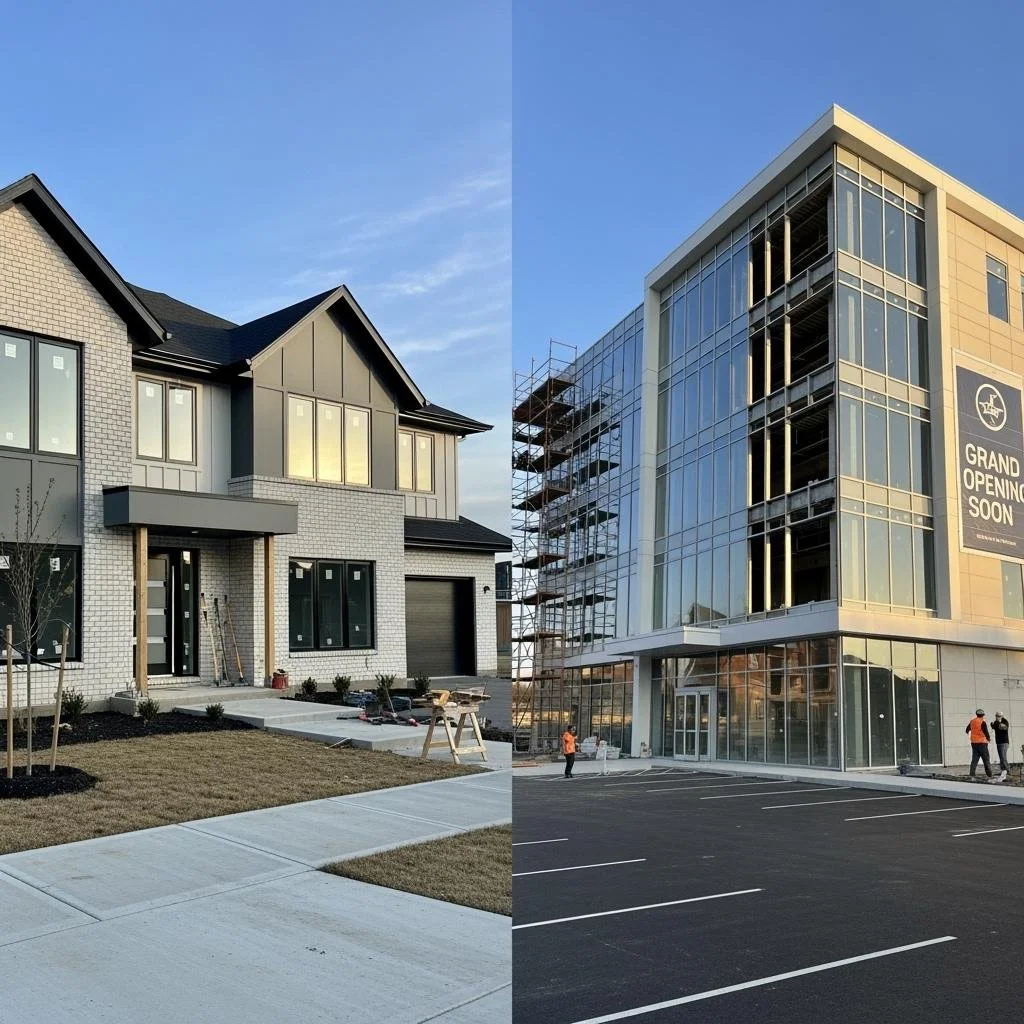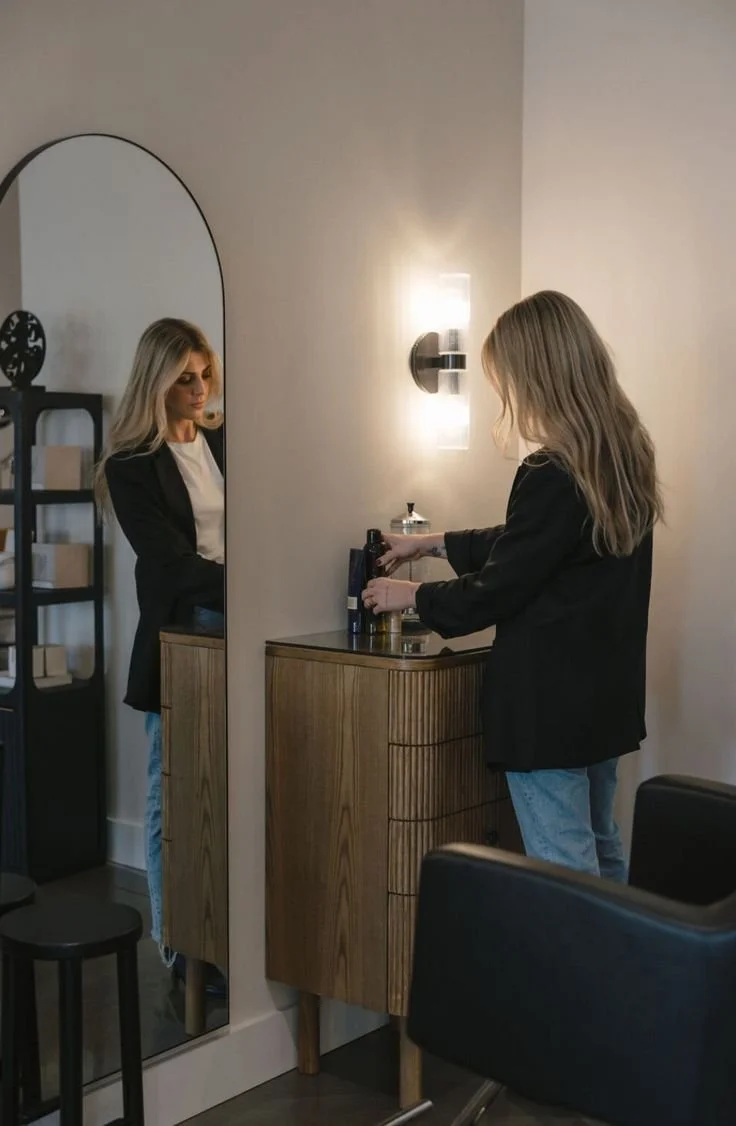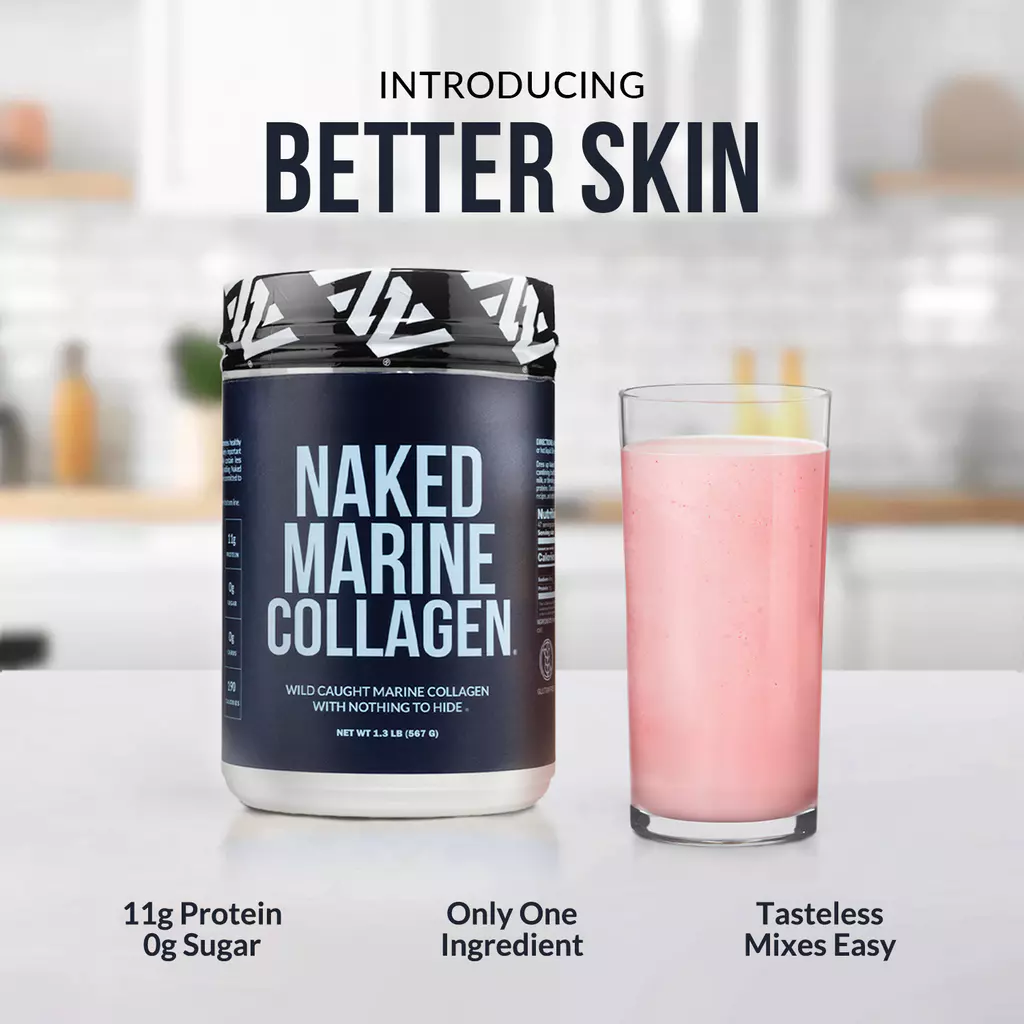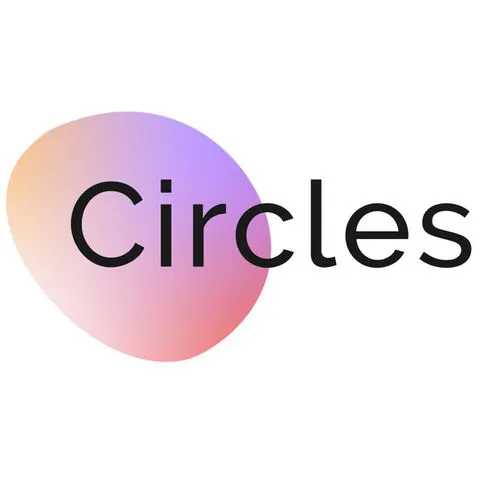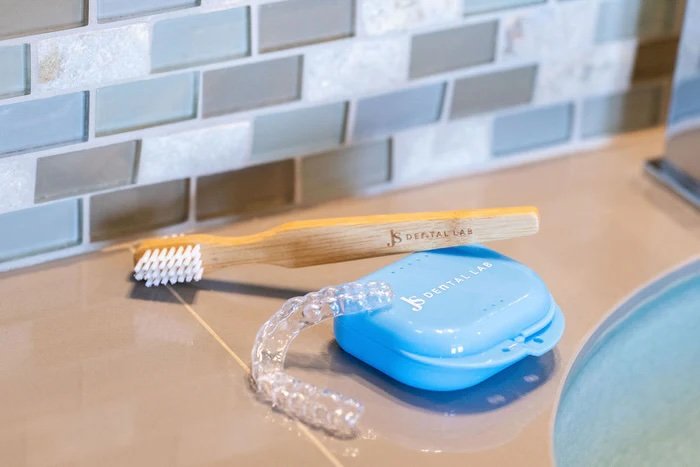Life can pivot overnight—whether it’s a sudden job relocation, a growing family, or the loss of a loved one—and suddenly, you're staring at the question: “Should I sell my house now?” If you're feeling the pressure to turn your property into fast funds without adding more stress, you're not alone.
Fortunately, you're not navigating this alone either. The real-life stories and solutions shared on Home Sale Cash in Overland Park offer practical, proven paths that local homeowners have taken when change couldn’t wait. Whether you're facing financial strain, a family shift, or a looming foreclosure, this guide unpacks the strategies that might make the most sense for your situation—so you can move forward with clarity and confidence.
In this article, we share practical and effective solutions for selling your home quickly, especially during unexpected and challenging turns in life.
No. 1
Facing Immediate Job Relocation
Corporate life can pull the rug out from under you at a moment’s notice. One day you’re commuting across town, the next you’re expected to report to an office three states away. When relocation calls for lightning-fast decisions, a traditional home sale may not keep pace.
Check employer perks: Many relocation packages reimburse temporary housing or closing costs. This flexibility allows you to accept a slightly lower sale price, yet still come out ahead financially.
Lean on timing clauses: Flexible closing dates or post-occupancy agreements ensure you’re not paying double housing costs while waiting for paperwork to catch up.
Skip cosmetic fixes: Cash buyers in Overland Park often overlook outdated paint or minor wear if they can close quickly—sometimes before your first day at the new office.
When you combine a relocation stipend with an as-is cash offer, the whirlwind move becomes a calculated, nearly painless chess move rather than a panicked scramble.
No. 2
Financial Strain Forcing Sale
An unexpected layoff, medical emergency, or rising interest rate can turn a once-manageable mortgage into a monthly burden. When fixed costs outpace income, a rapid sale may be the lifeline you need.
Audit monthly numbers: Calculate your essential expenses and determine a rock-bottom sale figure that clears high-interest debts and restores cash flow.
Tap housing trends: Overland Park’s median home price rose 6.6% in 2025. Quoting solid market data reassures buyers that your asking price is grounded in reality.
Pre-screen lenders: If refinancing is still an option, compare terms. A short-term rate buydown might buy you the breathing room to avoid selling.
But when refinancing isn’t feasible, converting illiquid equity into immediate capital can wipe the slate clean and help you rebuild financial stability faster.
No. 3
Inheritance and Emotional Decisions
The front porch where you once played as a child can tug at your heartstrings—but property taxes and sibling opinions rarely wait for nostalgia to fade.
Pause before reacting: Allow a cooling-off period to avoid making hasty decisions out of grief. Short-term insurance and utility transfers can protect the home’s value while you weigh your options.
Weigh tax implications: A stepped-up basis often eliminates capital gains on an immediate sale. Your CPA can confirm whether selling now is more tax-efficient than waiting.
Coordinate with co-heirs: Mediation is often cheaper than court and helps preserve family relationships. Discuss options to buy out shares, rent the property, or sell for cash and split proceeds equitably.
Rejuvenation
Jumpstart your next home project with Rejuvenation's Home Project Guides!
Expert tips, inspiration, and resources to bring your vision to life. Start planning today!
No. 4
Divorce Driving Quick Exit
Dividing assets during a divorce is never easy, and the house often becomes the most emotionally and financially charged item on the table.
Agree on pricing strategy: Choosing a neutral cash buyer eliminates debates over staging budgets or Realtor selection, allowing both parties to move forward on a predictable timeline.
Clarify debt payoff: Ensure all mortgage balances, equity lines, and tax liens are satisfied at closing to avoid future surprises.
Synchronize new housing plans: Coordinate move-out dates to minimize disruption for children and maintain stability during a difficult transition.
A transparent, documented process reduces conflict, accelerates settlement, and frees emotional bandwidth for starting fresh.
No. 5
Avoiding Looming Foreclosure Today
When certified letters from the bank start stacking up, every week matters. Taking decisive action can turn a damaging foreclosure into a manageable, credit-saving exit.
Call the servicer: Confirm the payoff amount and foreclosure timeline so your sale strategy aligns with actual deadlines—not hearsay.
Highlight as-is appeal: Investors who accept homes in any condition can close faster than traditional buyers, helping you avoid the sheriff’s auction.
Negotiate relocation funds: Some cash buyers offer “keys for cash” incentives, covering moving costs and deposits for your next place.
Quick communication, honest disclosures, and a competitive pricing stance can transform a potential credit disaster into a controlled, empowering exit.
No. 6
Benefits of Cash Offers
Sometimes, certainty beats the possibility of a higher price that could fall apart due to inspections, financing, or buyer cold feet.
Speed: Many Overland Park investors can fund a sale within 10 days, cutting holding costs like utilities, HOA dues, and overlapping mortgages.
Simplicity: Fewer contingencies mean fewer signatures. Some companies even send a one-page contract you can review over lunch.
As-is convenience: Forget weekend projects—buyers handle repairs like roof replacements or foundation fixes after closing.
Platforms like HomeLight’s Simple Sale consolidate multiple offers, ensuring competitive pricing without juggling endless “We Buy Houses” postcards.
No. 7
Step-by-Step Cash Process
Understanding what happens after you submit your address online can ease anxiety and help you plan your next steps with confidence.
Initial Inquiry: Enter basic property details—bedrooms, age, recent upgrades—so the system can calculate a ballpark value before a human analyst fine-tunes the numbers.
Property Walkthrough: A 20-minute visit or video call verifies the home’s condition. No staging required—just honest disclosure of quirks like squeaky floors or outdated wiring.
Offer and Acceptance: Expect a written cash offer within 24–48 hours. Negotiations typically focus on the closing date rather than price.
Title and Escrow: The buyer orders title work immediately. If there are unresolved liens or permit issues, they’re addressed early to keep the deal on track.
Closing Day: Sign digital documents, hand over the keys, and receive your funds—often before lunch—so you can start your next chapter.
No. 8
Comparing Exit Options Clearly
When it’s time to sell, comparing your options side-by-side can help you make a confident, informed decision.
Traditional Listing: May yield a higher price, but involves showings, inspection repairs, and a 30–45 day underwriting period that can fall apart at the last minute.
iBuyer Programs: Offer near-market prices fast, but charge 5–10% service fees and may retract offers if inspections reveal surprises.
Local Cash Investors: Offer the lowest hassle and fastest close. While the price may be slightly discounted, the trade-off is speed, simplicity, and certainty.
Lining up net sheets, timelines, and stress levels in one spreadsheet often reveals the best match for your current priorities.
No. 9
Mistakes in Rapid Sales
Urgency can lead to shortcuts—but skipping key steps can cost thousands or lead to legal headaches later.
Ignoring Proof of Funds: Always request recent bank statements. A serious buyer will gladly provide them, ensuring the deal won’t collapse at the last minute.
Overlooking Title Issues: Old liens, unpaid taxes, or forgotten second mortgages can derail closings. A proactive title search keeps momentum intact.
Hiding Defects: Kansas disclosure laws still apply. Honesty builds trust and minimizes the risk of post-closing disputes or lawsuits.
Take a few extra minutes to verify credentials, read contracts carefully, and disclose all known issues. That small investment of time pays off in smoother closings and better outcomes.
No. 10
Calculate Current Home Worth
Even if speed is your top priority, knowing your home’s fair market value helps you avoid underselling in a rising Overland Park market.
Online Estimators: Tools like Zillow’s “How Much Is My Home Worth” provide instant trends, though they may miss interior upgrades or mid-renovation quirks.
Agent Comparative Analysis: A local Realtor can refine pricing by reviewing recent comps and neighborhood factors like school boundaries or upcoming developments.
Independent Appraisal: Paying for a certified appraisal gives you negotiating leverage. Many cash buyers respect professional valuations and adjust accordingly.
Armed with credible numbers, you’ll spot lowball offers quickly and steer negotiations toward a fair, balanced outcome.
Takeaways
Life doesn’t wait—and neither should you. Whether you're relocating for work, facing financial strain, navigating a family transition, or trying to avoid foreclosure, selling your home quickly and confidently is possible.
By understanding your options, avoiding common pitfalls, and working with reputable local cash buyers, you can turn a high-pressure situation into a smooth, empowering transition.
Explore the insights and stories on Home Sale Cash in Overland Park, and take the next step toward clarity, control, and peace of mind.
Looking for Home resources?
Looking to enhance your living space and create a sanctuary that supports your well-being? Explore our home partners who offer a wide range of resources to elevate your home environment.











